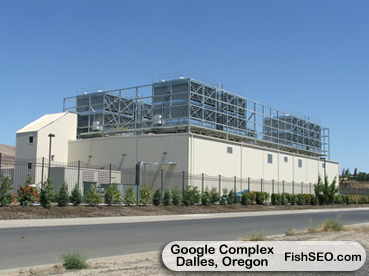Given how cheap storage has gotten, it’s tempting to think that we’ve solved all of our problems around storing stuff digitally. In Part 1 I talked about how digital storage is going to change in the home. This post looks at how storage is changing on a larger scale.
There are currently two basic ways to watch recorded shows on your TV. Setting aside SlingCatcher for the moment and other Web-to-TV technologies, you can either watch a program stored on your DVR or access VOD content stored on remote servers. As VOD content grows and starts to include HD and mobile TV versions of shows, service providers will continually have to add storage capacity to keep up.
- Storage + Processing Power = Huge Energy Consumption and Lots of Heat
Gartner recently put out a list of predictions for IT organizations, and one of the predictions suggested that half of all data centers by 2008 won’t have the necessary power and cooling capacity they need. Although my understanding is that Gartner was focused on the enterprise, the same issues are relevant for storing and serving up media content. Operators like Comcast and Verizon are going to have to figure out to manage these costs as they continue to try to differentiate based on the content they have to offer.
There’s one other big issue with media storage: real estate. Much has been made of the huge server farms companies like Google and Microsoft maintain. Will operator headend facilities soon be scrutinized in the same way?
There’s no end to the amount of content we can create. Like bandwidth demand, storage demand is essentially infinite. Service providers will have to impose their own caps just to make their business models work.
